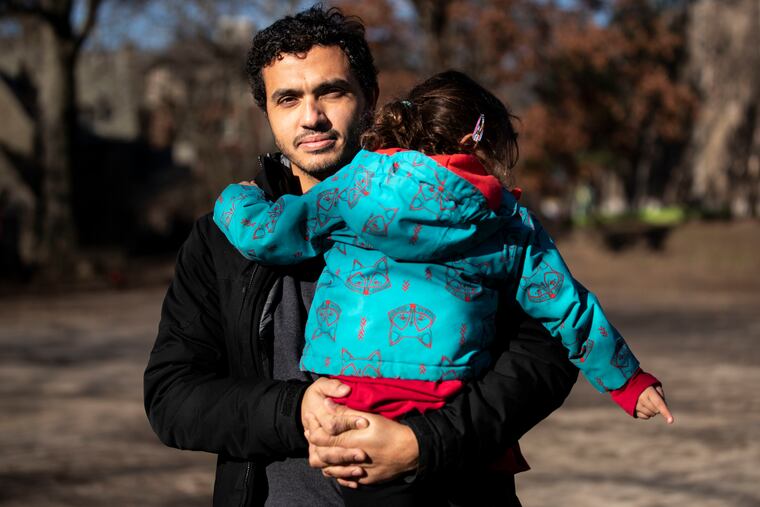‘Privilege begets privilege’: The lines of the Penn Alexander catchment create ‘surreal sense of apartness’ in West Philly
As a student in Philly, I felt unsafe at school. I've made sure my daughter won't feel the same.

As a student in Philly, I felt unsafe at school. I've made sure my daughter won't feel the same.
